3 Best Day Trips from Gdańsk – Castles, Seaside & WWII History
Freedom Years Travel contains affiliate links. If you make a purchase using one of the links below, we may receive compensation at no extra cost to you. We only recommend products and services we use and trust. Read our disclaimer for more information.
One of the best things about visiting Gdańsk is how much there is to see just beyond the city. Within an hour or so, you can explore a medieval fortress, stroll a seaside promenade, or visit the site where WWII began. It makes Gdańsk an ideal base for a few easy day trips—no car needed.
Earlier this year, I set aside time to explore three of the most popular day trips from Gdańsk: the mighty Malbork Castle, the seaside resort town of Sopot, and the historic battleground of Westerplatte. I travelled independently to both Malbork and Sopot by train, and joined a guided boat trip to Westerplatte aboard a pirate-style ship. Each destination offered something different—some more memorable than others.
In this post, I’ll help you decide which of these day trips might be right for you. I’ll cover how to get there, what to expect, how long to allow, and whether it’s worth booking a guided tour. And I’ll share a few honest reflections along the way—including why one of these day trips didn’t quite live up to the hype for me.
And if you’re planning your time in the city, check out my 2-day Gdańsk itinerary for the best sights and local tips.
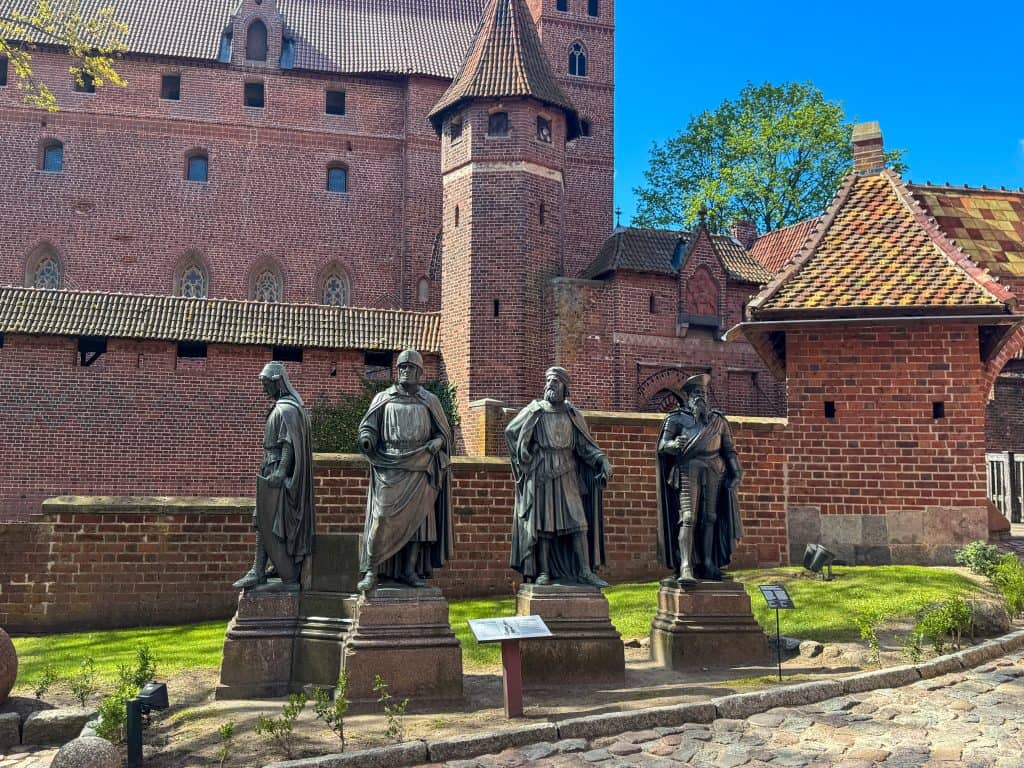
1. Malbork Castle – Full Day Excursion
If you only take one day trip from Gdańsk, make it Malbork. This vast red-brick fortress was built in the 13th century by the Teutonic Knights and remains the largest brick castle in the world. It’s easy to reach, and there’s enough to see to fill most of the day—especially if you enjoy history or architecture.
I visited independently by train, which was straightforward and cost-effective. Once there, I’d recommend either a guided tour or the excellent audio guide to help make sense of the enormous site. You’ll need at least two to three hours to explore the main areas, and it’s worth giving yourself extra time for a break at the on-site café or to browse the museum exhibitions.
For more detail on what to see, how to get there, and practical tips, you’ll find everything in my full guide to visiting Malbork Castle from Gdańsk.
Prefer not to navigate trains or ticket queues? This guided Malbork Castle day tour from Gdańsk includes transport and a knowledgeable guide—ideal if you want a more relaxed experience.
🏰 Malbork Castle at a Glance
Distance from Gdańsk: 60 km
Travel time: ~1 hour by train or car
Visit duration: 2–3 hours (half to full day including travel time)
Transport options: Train, car, or guided tour
Entry cost: 80 PLN for a Standard Ticket
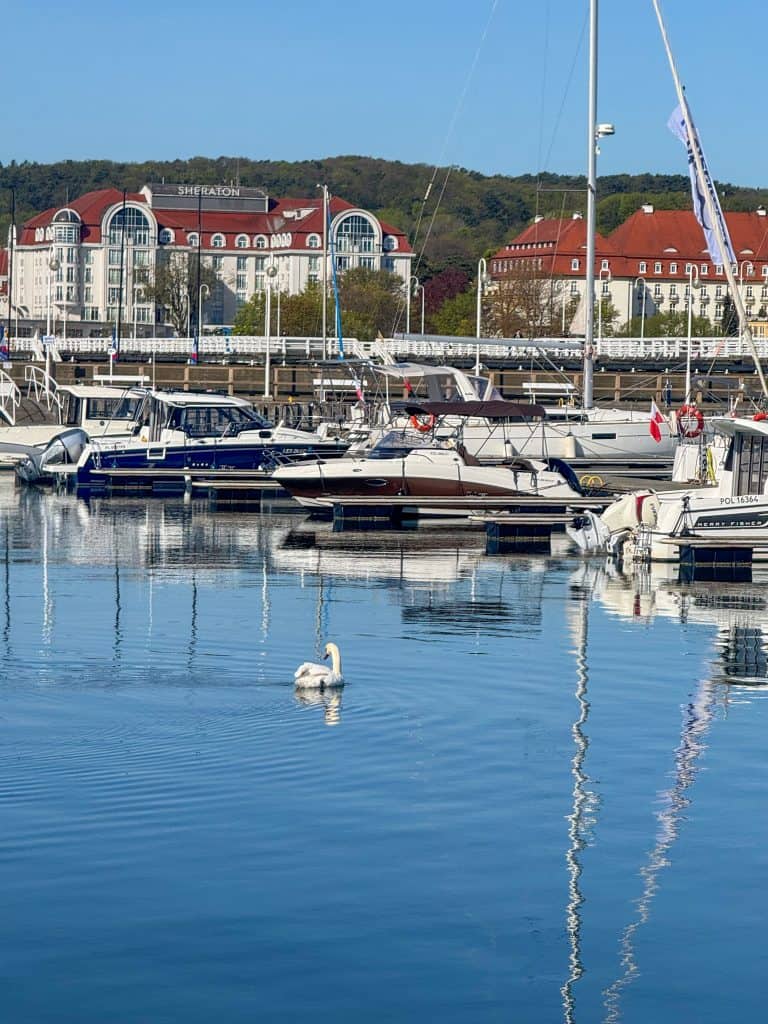
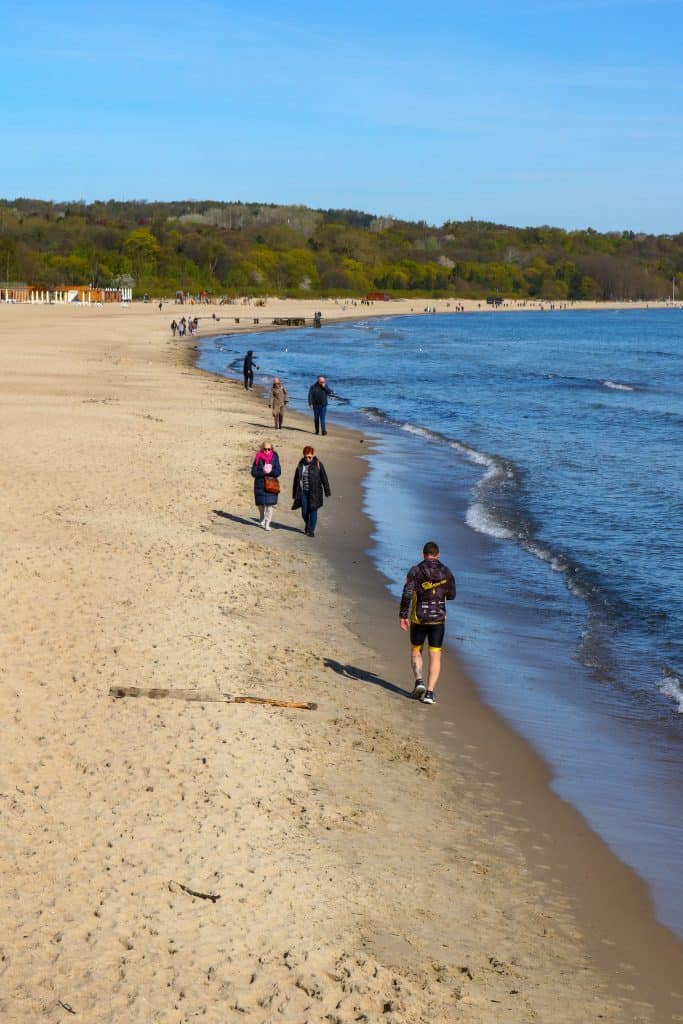
2. Sopot – Half Day Coastal Break
Sopot is one of Poland’s most popular seaside resorts, known for its long wooden pier and relaxed coastal vibe. It’s an easy and inexpensive day trip from Gdańsk — I paid 7PLN each way —especially if the weather’s good and you’re ready for a slower pace.
I caught the train from Gdańsk Główny using the Jakdojade app, which made it easy to check departure times and purchase tickets on the go. Trains run frequently—over 130 services daily—so there’s rarely a long wait. From Sopot station, it’s a pleasant 15-minute walk through the town centre to the pier. The town itself feels modern and well-kept, with leafy streets and a relaxed, coastal vibe.
The Sopot Pier (the longest wooden pier on the Baltic Sea) charges a small entrance fee in summer—10 zł per person—but it’s wide, well-maintained, and dotted with benches where you can sit and soak up the sun.
Sopot Pier Ticket Information
🎟️ Entrance Fee: 10 PLN per adult (April 7 – September 30)
🌙 Free Entry: After 8 PM & Outside Peak Season
🕗 Ticket Booths Open: 8:00 AM (April, May, September)
🌞 24-Hour Access: July & August
💻 Online Tickets: Available Anytime
🌐 For further information, see the Sopot Guide
As an Australian, my benchmark for a good beach is pretty high. While Sopot didn’t exactly wow me, it was still a pleasant way to spend a few sunny hours. The beach is sandy—a big improvement on many of the rocky or pebbly offerings elsewhere in Europe.
The wide pier has plenty of seating, and from the end, you’ll spot yachts, launches, and distant cargo ships on the horizon. Something totally unexpected was seeing a swan gliding among the yachts—definitely not a sight I associate with the ocean!
Along the main pedestrian street you’ll find cafés, amber jewellery stalls, and small parks. I had an excellent Italian-style breakfast before stumbling across one of the most unexpected highlights of the day: a statue of Wojtek the Bear, a WWII mascot with a story too good not to share.
🐻 Wojtek the Bear: A Soldier Like No Other
Tucked beside a small church in Sopot, I came across a statue that stopped me in my tracks—Wojtek the Bear. I’ve known about Wojtek’s story for some time, but didn’t expect to find him here.
Adopted as a cub by Polish soldiers during WWII, Wojtek travelled with their unit, helped carry ammunition at the Battle of Monte Cassino, and became a symbol of resilience and camaraderie. After the war, he retired to Edinburgh Zoo, where he was visited regularly by his old comrades.
If you haven’t heard his story before, I highly recommend this episode of The Rest is History podcast: 🎧 Wojtek the Bear: The Soldier Bear of WWII
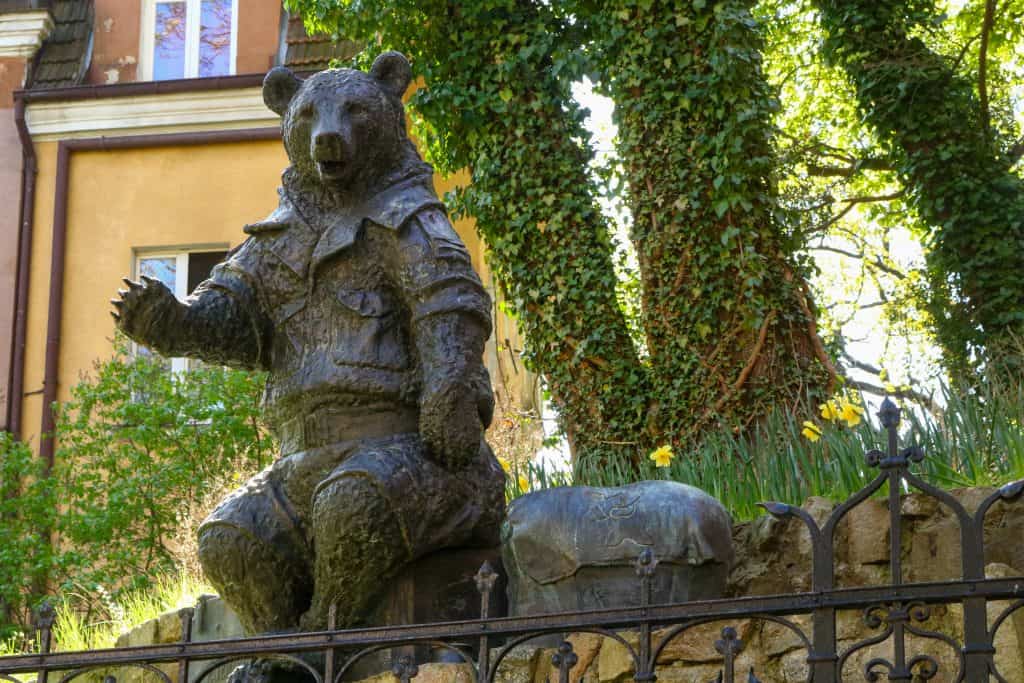
Prefer a more structured visit? This full-day coastal tour from Gdańsk includes stops in Sopot, Gdynia, and Oliwa Cathedral—an easy way to see more of the Baltic coast in one trip.
If you’re short on time in Gdańsk, I wouldn’t consider Sopot essential—especially if you’ve spent time at great beaches elsewhere. But on a sunny day, it’s still a relaxing and easy outing.
🏖️ Sopot at a Glance
Distance from Gdańsk: 20 km
Travel time: ~15 minutes by train
Visit duration: 2–4 hours (half to full day)
Transport options: Train or guided half day tour
Pier entry fee: 10 PLN (summer season)
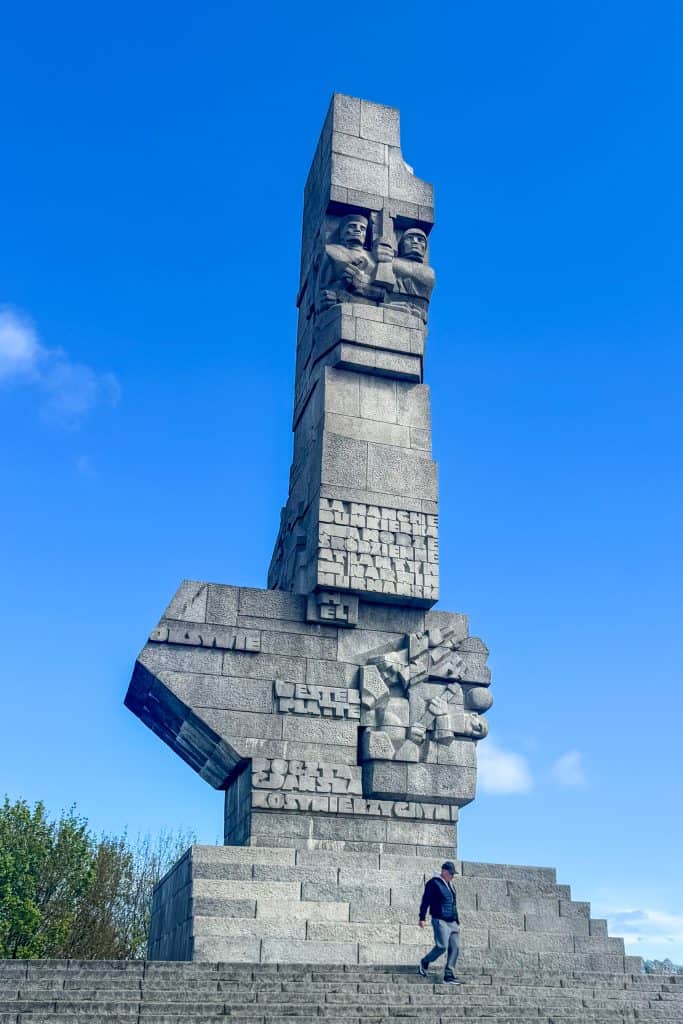
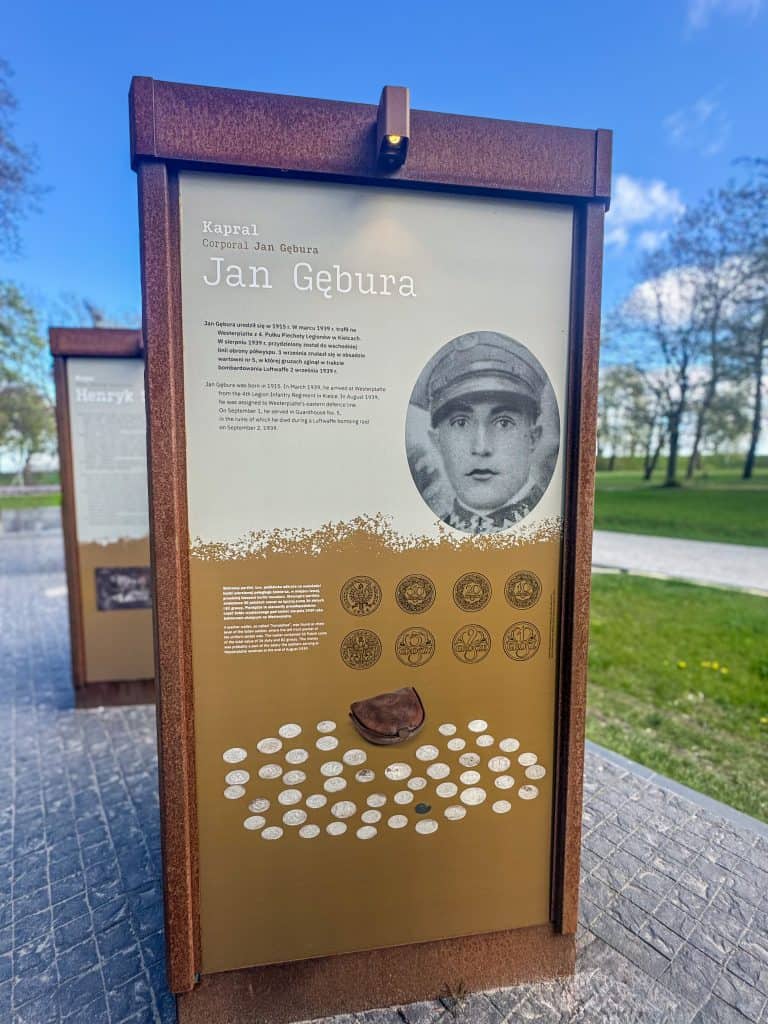
3. Westerplatte – The First Battle of World War II
Westerplatte is a powerful and historically significant site just outside Gdańsk. It was here, on 1 September 1939, that German forces launched their first assault—marking the official start of World War II.
You can get there by boat, tram, bus or car. The boat ride is the most scenic and takes about an hour each way. Tram and bus routes take around 20–30 minutes, while a taxi or self-drive is the quickest option at around 20 minutes. The site is free to enter, and you’ll explore on foot once you arrive.
I booked a boat tour on one of the popular pirate-style ships, which added a touch of fun to the journey. The cruise itself turned out to be more than just transport—it offered a fascinating look at the industrial side of Gdańsk, passing massive cargo terminals, the working shipyards, and old dry docks before arriving at the mouth of the river.
From the boat drop-off point, it’s a 20-minute walk to the main memorial zone, where you’ll find the massive stone monument, the ruins of the guardhouses and barracks, and a series of well-presented information boards. These walk you through the 1939 siege and honour the Polish defenders—just 182 men who held out for seven days under relentless bombardment. Fifteen soldiers lost their lives, including seven killed when a direct hit struck Guardhouse No. 5.
Westerplatte is a quiet but powerful symbol of Poland’s heroic resistance. If you’ve already visited the Museum of the Second World War, this is where the story truly began.
You can book the same boat tour to Westerplatte here—a relaxed and engaging way to combine harbour views with one of Poland’s most important WWII sites.
Want More Context? Consider a Guided Tour
Although the information boards were very well done, there’s nothing like the context and emotion that can be conveyed by a live guide. If you’re especially interested in World War II history, consider joining a Westerplatte tour with a local historian.
- Westerplatte Private Tour led by Expert Guide (door to door)
Includes hotel pickup & return and a guided tour of Westerplatte.
🕒 Duration: Approx. 2.5 hours - Gdańsk: World War II Tour
If you want to go deeper, this private tour includes Westerplatte plus other key WWII sites around Gdańsk. Includes hotel pickup and an English-speaking guide.
🕒 Duration: Approx. 3.5 hours - Private WW2 Tour of Westerplatte, Gdansk and Stutthof Including Lunch
Ideal for WWII history enthusiasts, this comprehensive private tour delves into key sites including Stutthof Concentration Camp, Westerplatte, and Gdańsk’s Old Town, offering insightful commentary from an expert guide.
🕒 Duration: Approx. 6-7 hours
💡These tours tend to book out fast, so planning ahead will save you disappointment.
⚓ Westerplatte at a Glance
Distance from Gdańsk: 9 km
Travel time: ~1 hr by boat, 30–40 min by tram/bus, 20 min by car
Visit duration: 1.5–2.5 hours
Transport options: Boat tour (pirate ship), tram, bus, ferry or car
Entry fee: Free (boat ticket or tour cost applies)
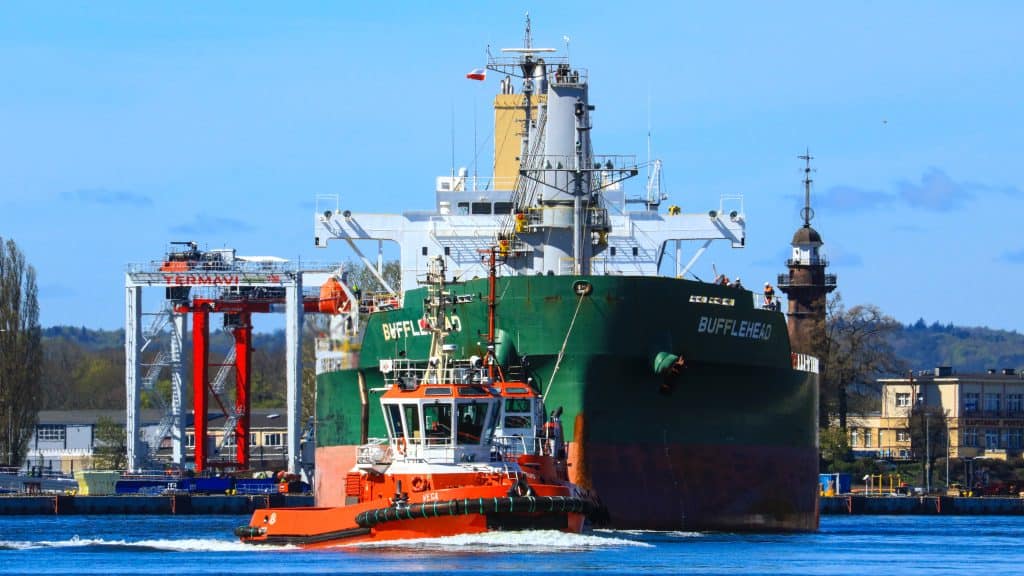
Which Day Trip Should You Choose?
All three destinations offer something different—so your choice depends on your interests and how much time you have.
If you’re drawn to medieval history and architecture, Malbork Castle is the standout. It takes a full day, but the scale and story of the castle make it well worth the effort.
Westerplatte is ideal for anyone interested in World War II. Seeing the site where the war began—especially after visiting the Museum of the Second World War—adds depth and context to your time in Gdańsk. The boat ride there is also very interesting, with views of the working port and shipyards.
Sopot, on the other hand, is more about atmosphere than sightseeing. It’s a pleasant half-day escape if the weather is fine and you’re after a slower pace. The Wojtek the Bear statue was a personal highlight for me.
Still undecided? You can combine Sopot and Westerplatte into a full day, making the most of the Baltic coast and historic sites.
Final Thoughts
If you’ve got an extra day or two in Gdańsk, it’s well worth exploring beyond the city. Whether it’s a medieval fortress, a coastal resort town, or the site where World War II began, each of these trips adds something unique to your time in northern Poland. These destinations are easy to reach, affordable, and offer a sense of how much history and variety lies just outside Gdańsk.
Whichever you choose, I hope it adds a new layer to your Polish adventure. And if you’re looking for more inspiration while planning your trip, don’t forget to check out my Gdańsk itinerary for ideas on how to make the most of your stay.
FAQs for Best Day Trips from Gdańsk
Malbork Castle, Sopot, and Westerplatte are the most popular, each offering a different experience: medieval history, coastal charm, and WWII history.
Malbork: train or car (~1 hour). Sopot: train (~15 minutes). Westerplatte: boat tour (~1 hour), tram, bus (~20–30 minutes), or car (~20 minutes).
Malbork Castle: full day. Sopot: 2–4 hours. Westerplatte: 1.5–2.5 hours (allow extra if exploring on foot or joining a guided tour).
Yes—especially for Westerplatte, where live guides provide historical context and emotional depth beyond the information boards. Malbork tours can also enhance your understanding of the castle’s history.
It’s possible, depending on your pace. A half-day to Sopot combined with Westerplatte is manageable, but Malbork is best as a standalone full-day trip.
Sopot is pleasant and easy to reach, particularly on a sunny day. However, if you’re used to Australia’s beaches, it may feel less impressive. Highlights include the pier, parks, and the Wojtek the Bear statue.
For Malbork Castle and popular Westerplatte tours, advance booking is recommended, especially in peak season. Sopot can be visited independently without reservations.







